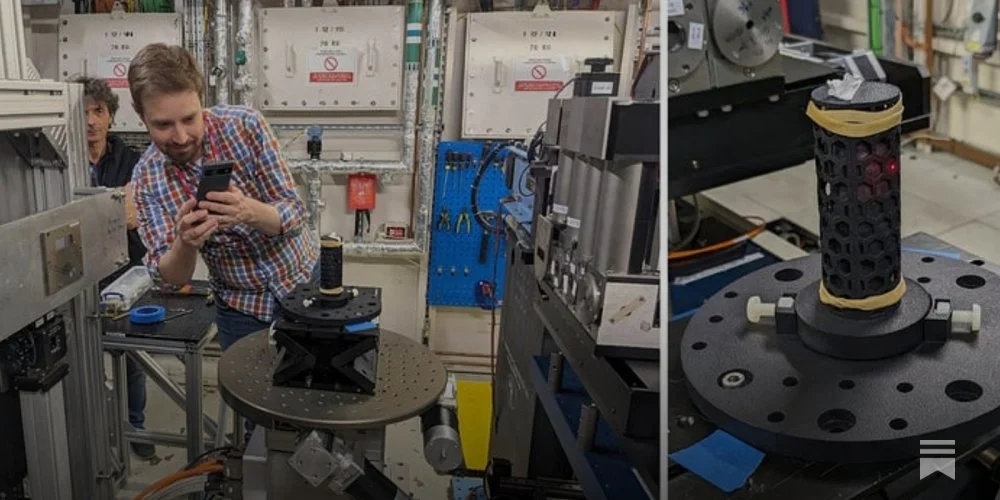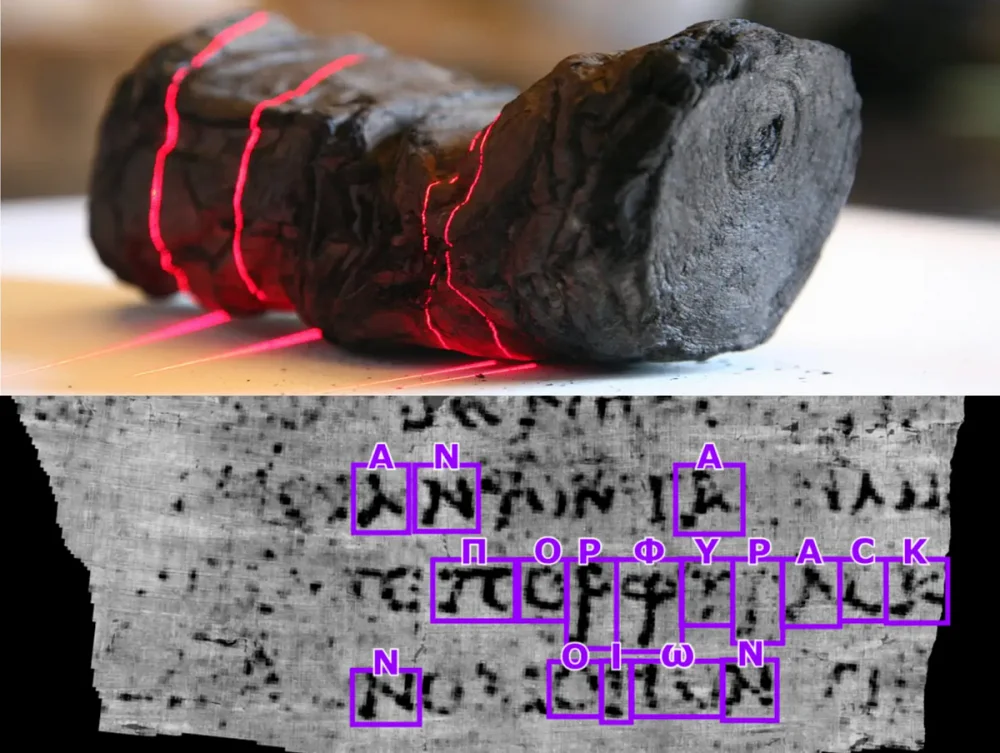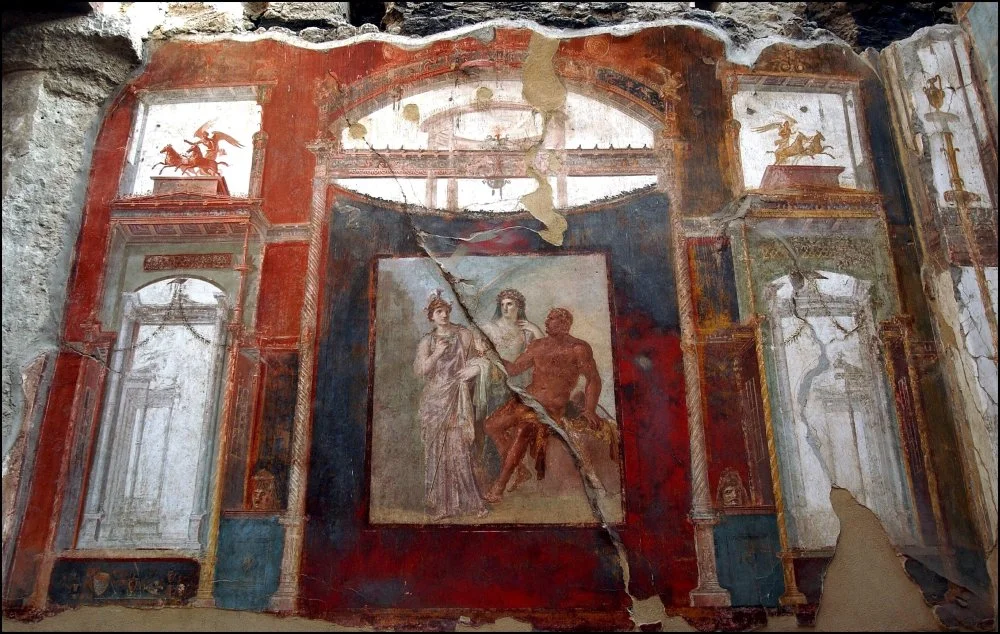The world's cultural treasury may soon be enriched with new works from ancient classics. Recently, the first breakthroughs have been made in deciphering works thought to be lost forever during the eruption of Mount Vesuvius.
Two thousand years ago, the eruption of Vesuvius devastated the flourishing Roman cities of Pompeii and Herculaneum. An ancient library of papyrus scrolls lay among the ruins, buried beneath a thick layer of volcanic ash. The Villa of the Papyri, located in Herculaneum, was an opulent building adorned with numerous statues and busts of gods, heroes, and philosophers.
In the eighteenth century, as enthusiasts and archeologists began to excavate Herculaneum, nearly 2,000 papyrus scrolls were unearthed from the ruins of the villa, buried under a 20-meter layer of ash. However, these scrolls were mostly dense clumps of petrified ash, as the papyrus had been charred by hot air generated by streams of lava.
Some of the scrolls, however, were in relatively good condition, and they were deciphered and read. But when the rest were mechanically unrolled, they turned into black powder. Work on the remaining papyri of Herculaneum came to a halt when it became clear that the majority of the currently known methods would destroy the scrolls. Excavations at the villa itself were also stopped. While it was assumed that many more ancient texts lay buried beneath the layers of ash, exposing these inaccessible treasures to air, movement, or any disturbances would lead to further deterioration.
However, modern technologies have opened up new opportunities for historians to overcome such challenges.
In 2019, Professor Brent Seals from the EduceLab laboratory at the University of Kentucky obtained 3D images of the scrolls from Herculaneum, creating three-dimensional tomograms with a resolution of up to 4 microns. These scans enabled us to visualize the sintered layers of the scroll and subsequently separate them. The laborious and time-consuming process of layer separation is depicted in this video, composed of hundreds of cross-sectional scroll images.
Afterwards, they successfully reconstructed separate sections of the papyrus sheets, partly manually using specially developed software, and partly through artificial intelligence. Stephen Parsons, a graduate student working under Professor Seals, developed machine learning models to detect ink on CT scans and was successful in analyzing individual fragments.

Seth Parker scans the scroll in the Diamond light source synchrotron radiation accelerator/Vesuvius Challenge
Following these breakthroughs, two tech-savvy entrepreneurs, Nat Friedman and Daniel Gross, launched the Vesuvius Challenge. The images obtained were posted online, inviting interested individuals to compete for a $700,000 prize, among other rewards.
The human eye can discern little from clusters of dark spots in the images of the Herculaneum papyri, and thus computer programs can come to the rescue. By isolating several spots that even remotely resemble letters, artificial intelligence can be used to identify similar sequences of millions of tiny points in other areas of such an image. Some programs, created by participants in the Vesuvius Challenge competition, learned to distinguish ink traces from other surfaces of the papyrus with sufficient accuracy. By the fall of 2023, the first word, Πορφυρας (Greek for purple), was read.
In February 2024, it was announced that the main prize of $700,000 had been awarded to college student and SpaceX intern Luke Farritor, Egyptian roboticist Yusef Nader (studying in Germany), and Swiss student programmer Julian Schilliger.

The scroll on which the first word "ποτφυρας" and the individual letters were deciphered/Vesuvius Challenge
The excerpt they deciphered corresponds exactly to the 5 per cent of the scroll for which the reward was announced. This is from a previously unknown work, apparently belonging to the philosopher Philodemus.i


Here is how the most deciphered sections appear:
‘As in the case of food, we don't immediately assume that what is rare is always more enjoyable than what is abundant. But is it easier for us to naturally do without what is plentiful? These questions will be discussed frequently.’
‘... they have little to say about pleasure, neither in general nor specifically, when it comes to defining it …’
‘... because we don't hesitate to question some things while we understand and remember others.’
‘... and we shouldn't hesitate to repeat truths, even if they often seem too obvious.’
The competition, however, is ongoing, with further decryption work ahead. Those interested in competing for the 2024 prize can test their skills here: https://scrollprize.org/grandprize

The fresco in the center of the east wall depicts Hercules with the company of Juno and Minerva, the rainbow above them is an incarnation of Jupiter/Getty Images
